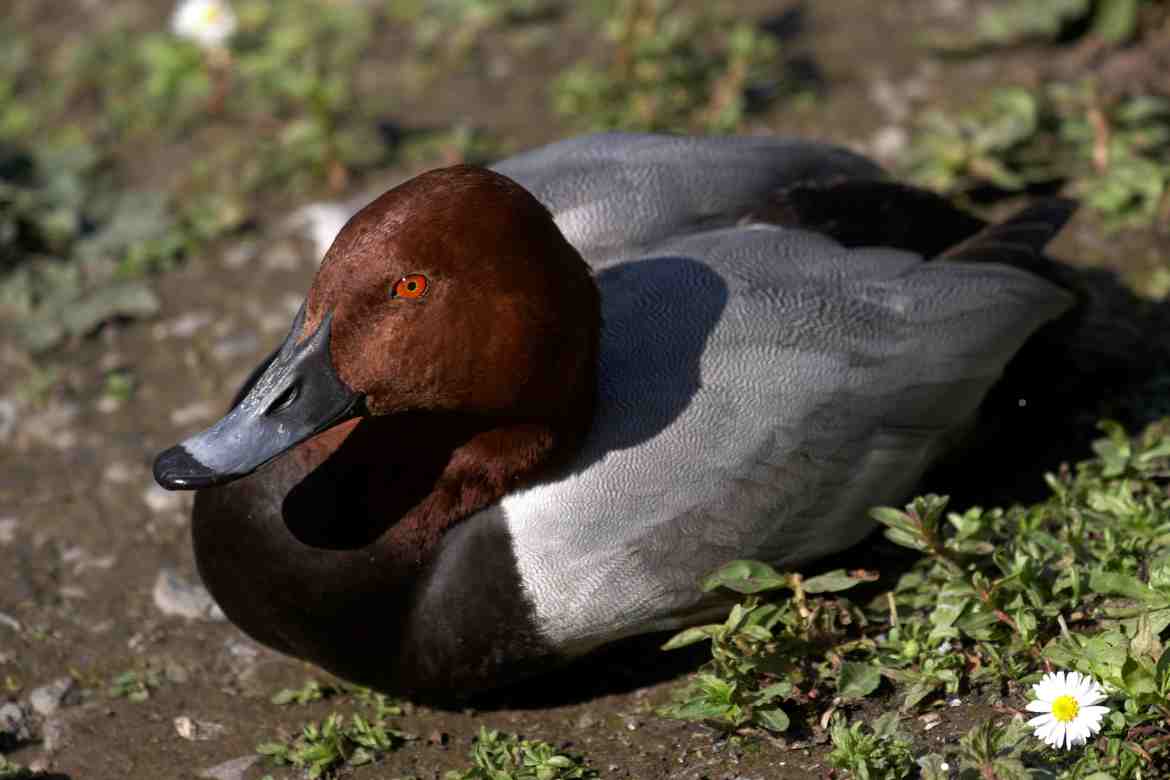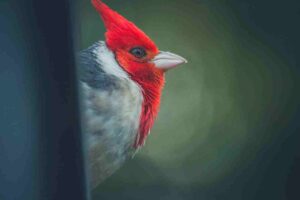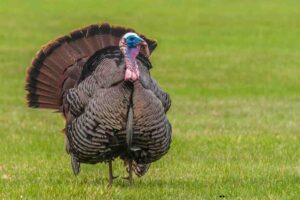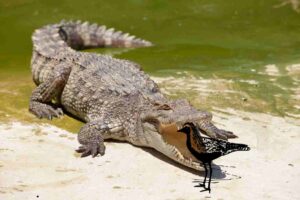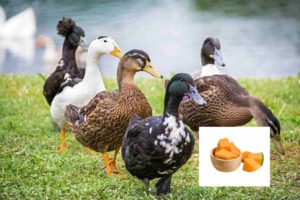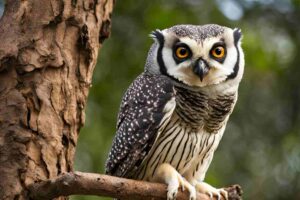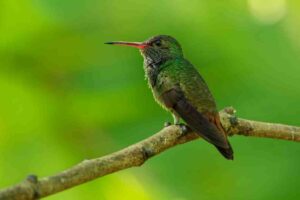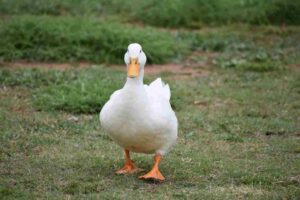Ducks are a fascinating group of birds living in different parts of the world. Among these, there are a few species that stand out really well due to their bright appearance and vibrant color. Among all the ducks, those species that have red heads make them really attractive and catch attention among bird watchers and nature lovers. Therefore, this article will explain the various species of ducks with red heads, habitat, behavior, and importance in the ecosystem.
The Redhead Duck
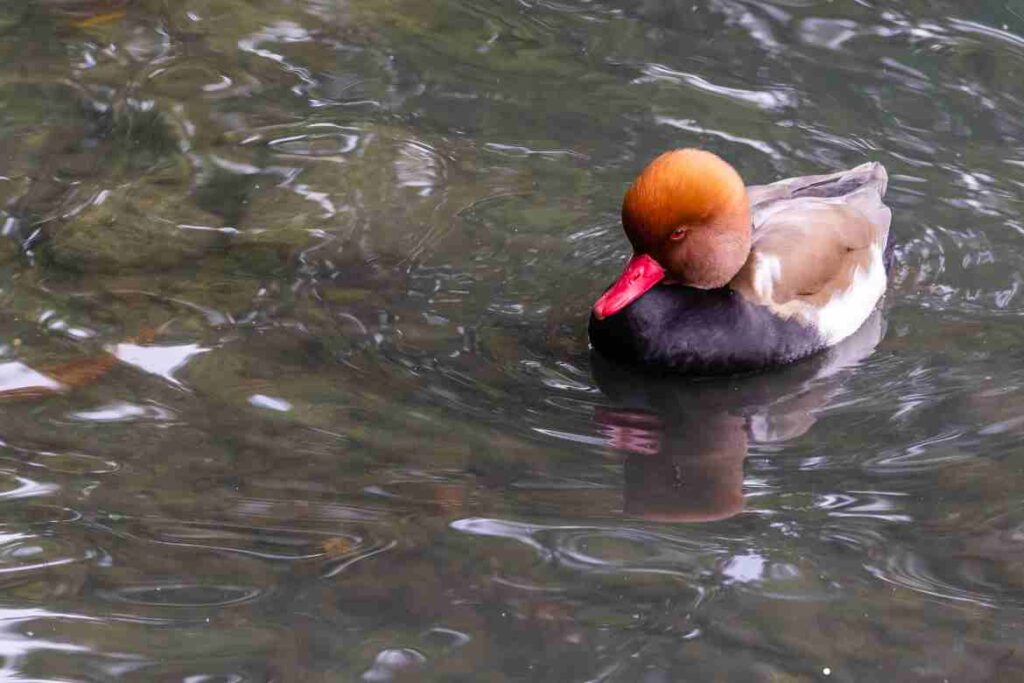
The Redhead Duck (Aythya americana) perhaps has the most beautiful red head, amongst ducks. This diving duck is of medium size originating from North America; usually found in wetlands and more commonly in lakes and marshes. Read the information on Mussovy Ducks(Cairina moschata) are one very odd species of duck that can differ very considerably from more typical mallard-derived ducks.
- Physical Features: The male Redhead has a reddish-brown head, gray body, and blackish chest. Females have mottled brown feathers with a slightly paler head.
- Habitat: Shallow waters with abundant aquatic vegetation make for a preferred habitat. Redheads are usually sighted during migration on coasts in the United States and Canada and within the Great Lakes.
- Diet: They are omnivorous feeds. Their diet consists of aquatic plants, seeds, and small invertebrates. It is very effective in searching underwater because of its diving capability.
EXplore more about bird diet: What Animals Do crows eat?
Canvasback Duck
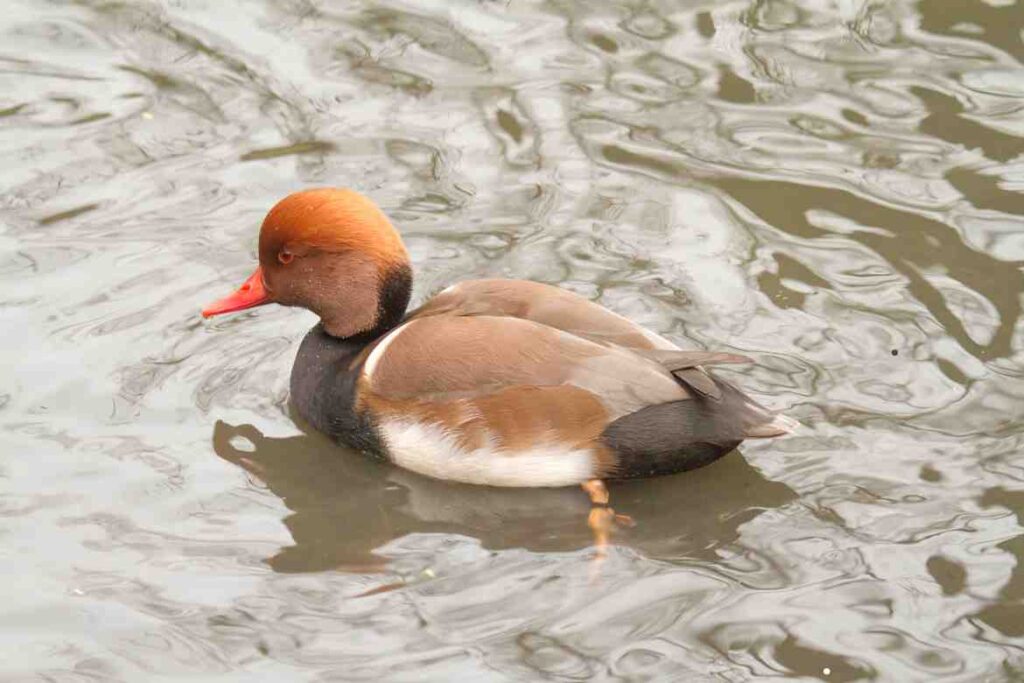
Canvasback Duck (Aythya valisineria) is another well-known duck that has red paint and a long length with a distinctive profile.
- Physical Characteristics: The males have the bright red head, black chest, and white body while females are dull brown and can be differentiated with help of the characteristic head shape.
Breeding and Habitat: Common Pochard prefer to breed in large freshwater and are generally seen in wetland during the winter.
Diet: They primarily feed on the aquatic plants and one favourite of this species is Wild celery. - The Common Pochard (Aythya ferina) is a typical Eurasian duck with bright red head.
- Physical Characteristics: Males have heads reddish, bodies gray, black chest. Females more brown and not as stunning.
- Habitat: Common Pochards inhabit almost all types of freshwater and brackish habitats in Europe and Asia.
- Diet: Their diet consists mainly of aquatic vegetation, seeds and invertebrates, mainly similar to their relatives
EXplore more about bird diet: roger tory peterson print horned owl?
Courtship and Mating Rituals
Most Redheads have rather well-developed mating rituals. Actually, males will even perform intricate displays of dance and song to catch females. This includes bobbing heads, twisting the necks, and splashing.
Breeding Habits
They breed over or around water. They use grasses and reeds as a material for the nest. It lays 6-12 eggs. The ducklings are highly precocial; that is, they can swim and start feeding nearly immediately after coming out of their eggs. The female incubates them for about 25-30 days.
Social Behavior
These are essentially social birds and, in a normal scenario, found in groups. They form enormous flocks when migrating and thus avoid the potential predators. When they breed, they become territorial.
Ecological Functions
These red headed ducks are critical components in their living ecosystems. They function in regulating aquatic vegetation to keep the system in balance. Their feeding activities contribute to nutrient cycling in their habitats.
Indicator Species
There are many species of ducks bearing red heads and hence they act like an indicator species while considering the whole condition of health of wetland ecosystems. According to its presence said to be a sign indicator of a healthy environment as it’s believed to offer ecological problems by declining its population.
Habitat loss, pollution, and hunting pressures threaten ducks with red heads. Organizations and government agencies are working to protect the wetland habitats and introduce sustainable hunting practices.
How to Help
Birdwatchers and nature lovers can also be able to support the conservation efforts by supporting the local and national conservation organizations, participating in habitat restoration projects, and advocating policies that protect the wetland ecosystems.
Conclusion
The red-headed duck is one of the very beautiful species. Indeed, these birds play the most important role in an ecosystem. Knowing their behaviors, habitats, and problems might, therefore, be the only way to conserve the birds. Thus, appreciating such unique creatures, we shall do a lot towards conserving habitats for such birds and letting their population grow so that we shall enjoy it later. If you are a serious bird watcher or are just interested in seeing such wonderful birds, red headed ducks have always given great fascination and insight to the beauty of nature.
